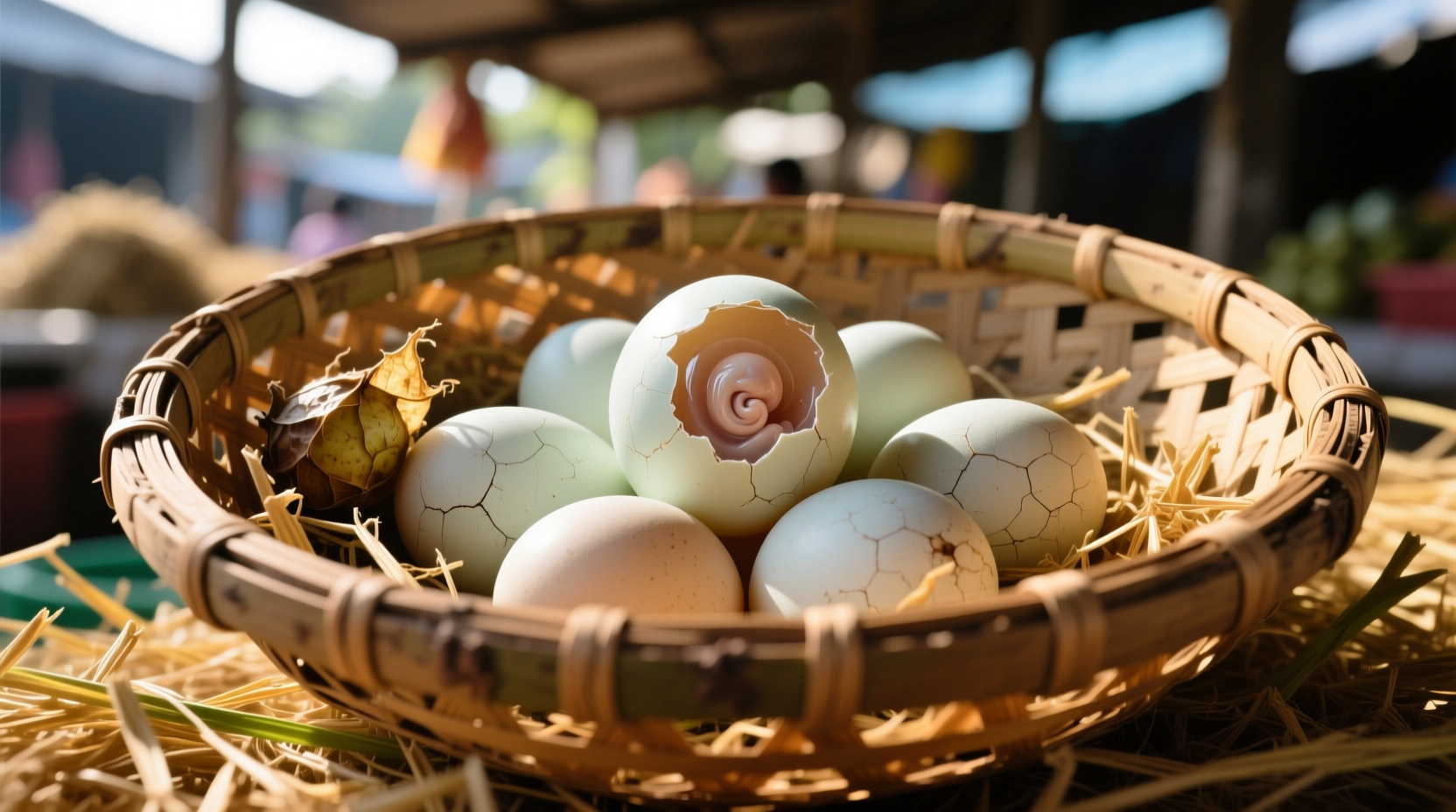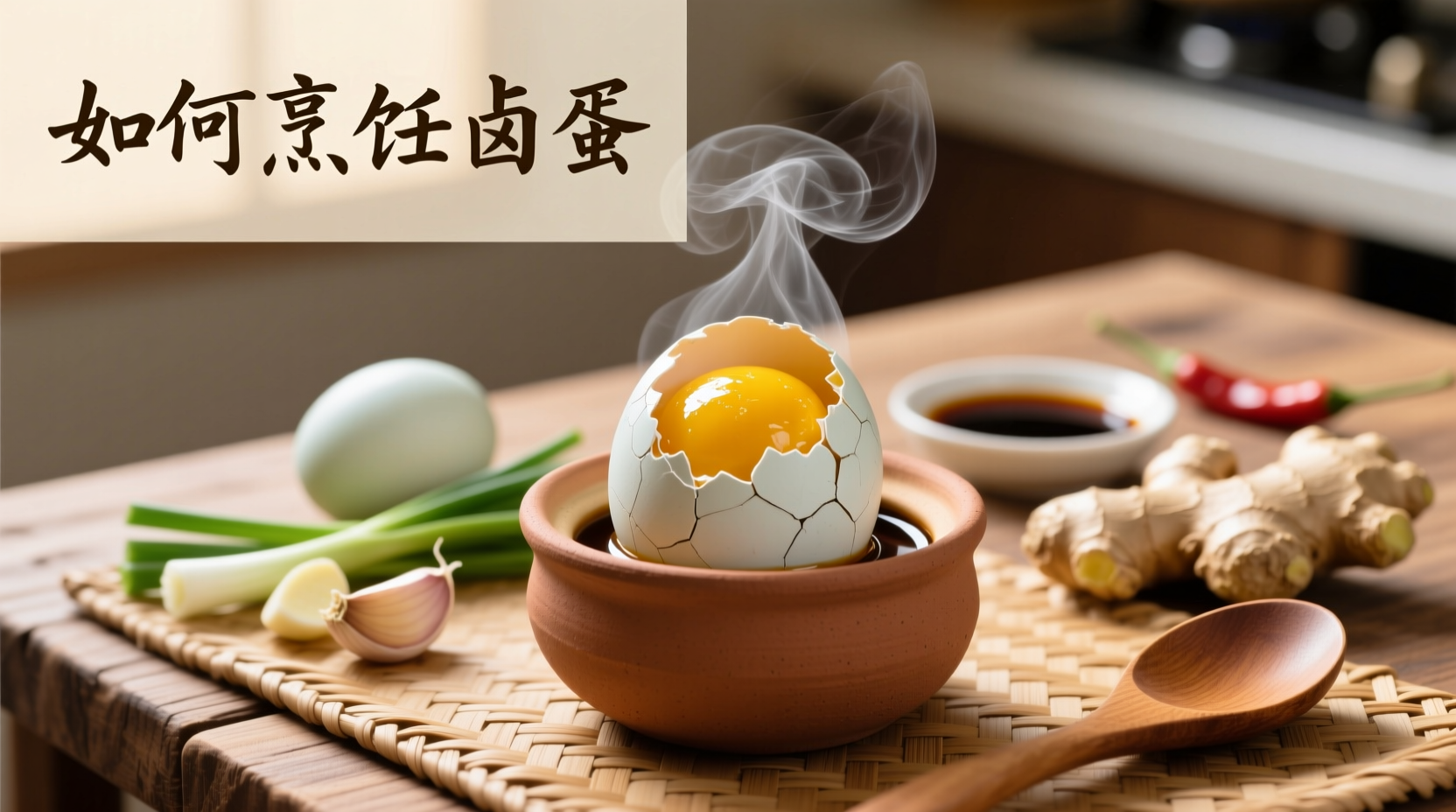Curious about how to cook balut properly? This Southeast Asian delicacy requires precise technique to achieve its signature texture balance between the liquid broth, tender embryo, and creamy yolk. Unlike regular eggs, balut's partially developed duck embryo demands specific temperature control to preserve both safety and traditional eating experience.
| Historical Period | Preparation Evolution |
|---|---|
| Pre-1900s | Natural incubation in rice husks for 18-21 days before boiling |
| 1950s-1980s | Introduction of temperature-controlled incubators |
| Modern Era | Standardized 25-30 minute boiling at precise temperatures |
Selecting Quality Balut
Before learning how to cook balut, you must select proper ingredients. Fresh balut shows these characteristics:
- Visual inspection: Clean, uncracked shell with visible veins when held to light
- Shake test: Gentle sloshing sound indicating proper liquid development
- Age: 17-21 day incubation period for optimal texture (ask vendors specifically)
Source balut from specialty Asian markets or Filipino/Vietnamese grocery stores with high turnover. The FDA Egg Safety Center recommends purchasing from refrigerated displays below 40°F (4°C) to minimize salmonella risk.

Safety First: Critical Precautions
Understanding how to cook balut safely is non-negotiable. The USDA Food Safety and Inspection Service confirms that proper cooking destroys harmful bacteria in poultry products. Follow these essential safety protocols:
- Always use fresh balut within 24 hours of purchase
- Maintain water temperature between 160-180°F (71-82°C) throughout cooking
- Never consume raw or undercooked balut
- Discard any eggs with cracked shells before cooking
Step-by-Step Cooking Process
Mastering how to properly cook balut requires attention to detail at each stage. This traditional method preserves both safety and authentic texture.
Preparation Phase
- Gently clean eggs under cool running water
- Place eggs in single layer in saucepan
- Cover with 2 inches of cold water
- Add 1 teaspoon salt to prevent cracking
Perfect Cooking Technique
- Bring water to 160°F (71°C) - do not boil
- Maintain this precise temperature for 25 minutes
- Use thermometer to verify water temperature hourly
- Remove eggs immediately when timer ends
This temperature-controlled method answers the common question of how long to cook balut correctly. Higher temperatures make the embryo rubbery while shorter times risk undercooking.
Serving Your Perfectly Cooked Balut
Traditional Filipino and Vietnamese preparations enhance balut's natural flavors:
- Sprinkle with fine salt or iodized salt for balanced seasoning
- Serve in original shell with small bowl for broth
- Pair with beer or calamansi juice for authentic experience
- Eat immediately while warm for optimal texture
For those wondering how to tell when balut is done, check these indicators:
- Clear separation between white and yolk
- Firm but tender embryo texture
- Rich golden yolk that flows slightly
- No raw egg smell remaining
Avoiding Common Mistakes
Many beginners make these errors when learning how to cook balut:
- Boiling instead of simmering: Causes shell explosions and uneven cooking
- Overcooking: Makes embryo tough and yolk dry (never exceed 30 minutes)
- Skipping temperature control: Leads to food safety risks
- Using old eggs: Increases salmonella risk significantly
Remember that proper technique for how to properly cook balut at home requires patience and precision. The ideal texture balance—creamy yolk, tender embryo, and firm whites—only comes with exact temperature management.
Storage Guidelines
Cooked balut should be consumed immediately for best quality and safety. If necessary:
- Refrigerate leftovers within 2 hours
- Store in airtight container for up to 24 hours
- Reheat gently in warm water (never microwave)
- Discard if any off-odors develop











 浙公网安备
33010002000092号
浙公网安备
33010002000092号 浙B2-20120091-4
浙B2-20120091-4